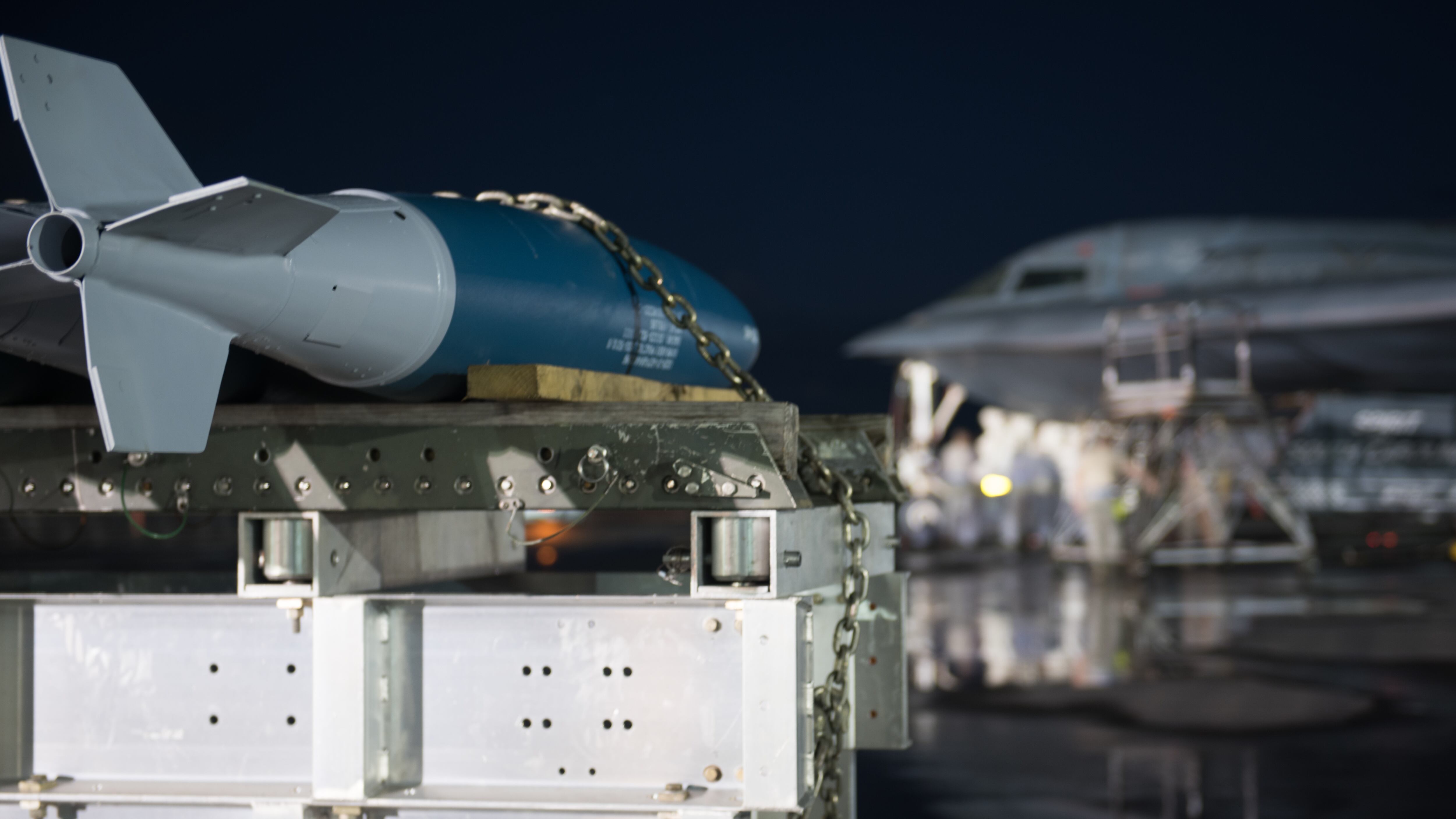America’s Air Force faces a serious challenge — a mismatch between available capacity and demand. As Secretary of the Air Force Heather Wilson recently explained in congressional testimony: “We are too small for what the nation is asking us to do.” Since the end of the Cold War, the service has grown radically smaller through a series of force-structure cuts. In 1990, the Air Force had 2,893 fighter aircraft. Today, it has just 1,755. Bombers fell from 661 to a mere 157 in the same period.
At the same time, the national security environment is growing increasingly complex, with Russia and China asserting themselves on the high end of the war-fighting spectrum. North Korea possesses nuclear weapons and ballistic missiles, and Iran is not far behind. Nonstate actors such as the Islamic State, al-Shabab, and al-Qaida continue to pose threats.
None can be ignored, which is why Secretary Wilson issued a call to grow the Air Force from 312 to 386 operational squadrons. This goal, however, requires a smart approach. This is precisely why the Air Force should not delay and Congress should provide funds specifically for the acquisition of light-attack combat and reconnaissance aircraft within Air Force Special Operations Command.
The Air Force needs a new force-structure balance. It currently has too few aircraft imbued with the attributes of stealth and information gathering, processing, fusion, and sharing capabilities in its fighter and bomber inventories — attributes commonly known as fifth generation. In fact, the service possesses less than 400 fifth-generation fighters and just 20 B-2 stealth bombers. This number is too small to address the challenges posed by China, Russia, North Korea or Iran. Increasing F-35 and B-21 production rates immediately is key to solving this deficiency.
RELATED

Most of today’s combat air force is comprised of older types primarily procured in the 1970s and 1980s — aircraft like the F-15, F-16 and B-1. These aircraft are increasingly non-survivable in high-end operations; yet, against nonstate actors in low-air threat areas, they are overkill and costly to operate. Therefore, the Air Force must effectively address the threat posed by nonstate actors but not derail essential modernization for high-end war fighting. Light-attack aircraft, or LAA, with low-procurement cost and operating expenses provide a solution.
The Air Force evaluated LAA extensively in recent years, with experiments conducted at Holloman Air Force Base in 2017 and 2018. In the fiscal 2020 budget request, the Air Force funded the acquisition of a limited number of aircraft for continued concept development, with additional funds in the outyears for a larger procurement buy. Previously, the Air Force considered adding LAA to Air Combat Command’s inventory, given the service’s full-spectrum commitment to the wars in Afghanistan, Iraq and elsewhere. However, with the rise of peer adversaries, the National Security Strategy calls for a buildup of high-end capability to meet these threats. The F-22, F-35, B-2 and B-21 are the prime systems needed to deter high-end adversaries, or fight and win if necessary.
At the same time, the National Defense Strategy requires capabilities to deal with non-state actors and low-intensity conflict. The terror unleashed by the Islamic State in 2014 showed what can happen when such threats are not rapidly checked by competent, capable forces. Whether building partnerships with regional allies or attacking enemy forces, special operations forces project effective power to deal with terrorist groups and insurgencies. To that end, the AFSOC is the logical Air Force major command to organize, train and employ the LAA.
AFSOC airmen flying aircraft like the AC-130, MQ-9, MH-60, U-28 and others are experts at gathering information, making critical, real-time decisions, and employing necessary kinetic firepower. On the ground, they partner to build indigenous capabilities appropriately sized to the requirements and resources of the countries in question. The LAA is a prime tool that could bolster this mission because the aircraft features a mix of information gathering capabilities required for such force employment, a robust kinetic payload and the ability to operate from austere facilities. It is also affordable, able to be procured for a few million dollars per aircraft and flown at a cost below $3,000 per hour.
Congress has and should continue to provide funds specifically for the acquisition of two wings of light-attack combat and reconnaissance aircraft for AFSOC to create a viable combat capacity. This would allow for a sustainable rotation base across multiple regions. Because the current and projected Air Force budget must build high-end capability, funding for the necessary 160 or so light-attack aircraft must be additive to prevent the rise of another Islamic State rather than dealing with carnage after the fact.
The demand for air power is on the rise, and America’s Air Force must grow to meet the full range of operational requirements. Light-attack combat and reconnaissance aircraft, flown by AFSOC airmen specifically trained, organized and equipped to deal with low-intensity threats, is indeed a wise investment. It simply comes down to smart air power — the right tools flown by skilled airmen at the right place and at the right time.
Retired Maj. Gen. Lawrence Stutzriem is the director of research for the Mitchell Institute for Aerospace Studies. He served in the U.S. Air Force for more than 30 years as a fighter pilot, commander and strategist. He’s flown F-4, F-16 and A-10 aircraft.





